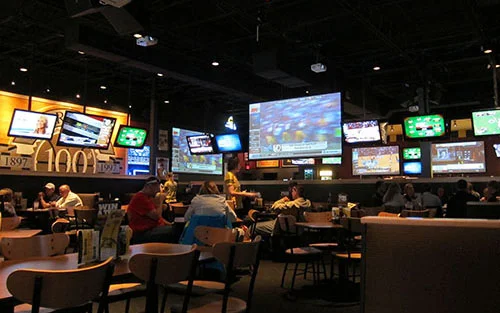Investigating the Development of Digital Signage Tech and Its Impact on Installation Methods
Wiki Article
Digital signage technology has come a long way since its beginning. At first, signs were fixed and required manual updates, which could be labor-intensive and challenging. With the progress of technology, digital signage has developed into a flexible and engaging medium. Today, displays can exhibit lively graphics, videos, and real-time data, making them more captivating for viewers. This evolution has not only changed how data is displayed but has also transformed the way businesses and entities interact with their audiences.

One of the crucial developments in digital signage solutions is the utilization of HD displays. These displays offer better resolution and hue precision, which improves the overall observing encounter. Additionally, the introduction of light-emitting diode and LCD systems has made it possible to create slimmer and lighter displays. This has allowed for more versatile setup choices, such as wall installation, suspending, or even freestanding screens. As a result, businesses can select the best setup that suits their space and customer requirements, making digital signage a flexible answer for different environments.
Another notable development is the integration of content administration platforms (CMS). These systems enable operators to easily create, plan, and manage material across various screens from a single interface. This capability is particularly beneficial for businesses with multiple sites, as it ensures consistent communication and branding. Furthermore, many CMS platforms offer web-based options, enabling remote control and real-time updates. This means that companies can promptly respond to changes in data or offers, maintaining their content fresh and pertinent.
The effect of digital signage technology on setup methods cannot be overlooked. With the rise of engaging screens and touchscreens, installation has become more complex. Technicians must now take into account factors such as wiring, networking, and customer interaction. Additionally, the need for appropriate mounting and placement is crucial to ensure optimal sightlines and approachability. As a result, professional setup solutions have become more important, as they bring knowledge in both systems and aesthetics to develop impactful digital signage systems.
In summary, the evolution of digital signage technology has profoundly impacted setup methods and the way information is communicated. With improvements in screen systems, media a great post management systems, and installation methods, businesses can create engaging and impactful displays that grabs the focus of their audience. As digital signage continues to grow and develop, it will certainly play a crucial role in defining the prospects of communication in multiple sectors.